What if there were no coral reefs?
- Wednesday 22nd November 2023
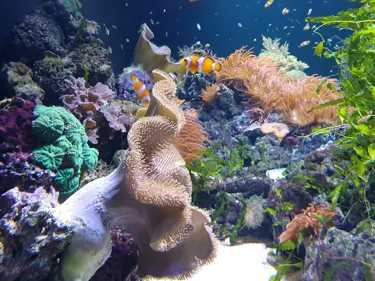
Coral reefs are vital for our planet's health and climate. Let's explore what would happen if the coral reefs died and how you can help protect them!
Coral Reef Destruction Facts: What Happens If Reefs Go Extinct?
- What are coral reefs?
- Different types of coral reefs
- Why are coral reefs important?
- Threats to coral reefs
- What happens when corals bleach?
- What would happen if all the coral reefs died?
- What can be done to protect coral reefs?
- How you can help save coral reefs?
What are coral reefs?
Coral reefs are underwater ecosystems comprised of massive structures often made of limestone and thin layers of calcium carbonate - they are some of the most diverse ecosystems in the world.
Coral polyps will form a living mat on top of the skeleton of the calcium carbonate. They offer food and shelter for many organisms including fish, sea urchins and molluscs.
Coral reefs can be found globally, all the way from the tropics to much colder temperatures!
Different types of coral reefs
It's widely agreed that there are 4 different types of coral reef classifications:
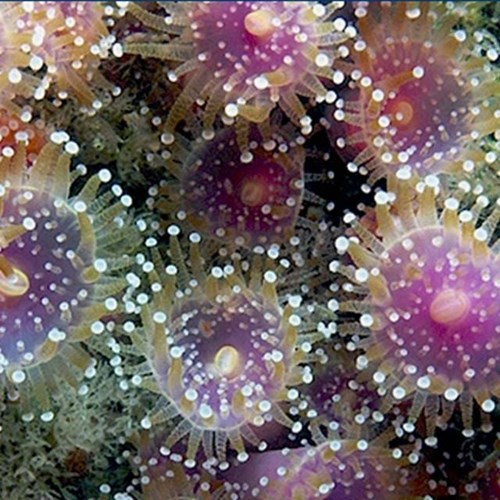
1. Fringing reefs
These are the most common type of coral reef and are found near the coastline of islands and different continents. They row directly seaward from the shore, often forming borders along the shoreline and surrounding islands.
2. Barrier reefs
These reefs are quite similar to fringing reefs, they also border shorelines, the main difference is that they're separated from the land by water and wider lagoons. They form a 'barrier' to navigation at their most shallow points.
3. Atolls
Rings of coral creating protected lagoons are also known as atolls. They consist of ribbons which are not always circular - the rim of the reef there are often low, flat islands or continuous masses of land.
4. Patch reefs
Patch reefs are isolated and small! They grow up from the bottom of an island/continent, varying greatly in size, typically between fringing reefs and barrier reefs.
Why are coral reefs important?
Coral reefs are essential for the environment and the planet - the ecosystem they provide is important for aquatic life but also protects coastal areas, reducing the power of waves hitting the coast. Not to mention, also providing an important means of income for millions.
Coral reefs also play an important role in biodiversity, fisheries and shoreline protection! A large variety of different species feed off the coral reefs due to the endless supply of nutrients. This is due to different species also pooping on the coral reef - allowing millions of species to thrive despite the food around them having little food for themselves.
They also provide shelter for a range of animals, forming an important part of the ecosystem.
Why are coral reefs important to humans?
Coral reefs offer a range of vital resources to humans including food and drugs.
They also help with coastal protection and are often referred to as the rainforests of the sea. Despite only covering 1% of the ocean floor the reefs support around 25% of marine life, help reduce the impact of hurricanes and they are also useful for research purposes.
By studying coral reefs, we are provided with a clear record of climatic events through history.
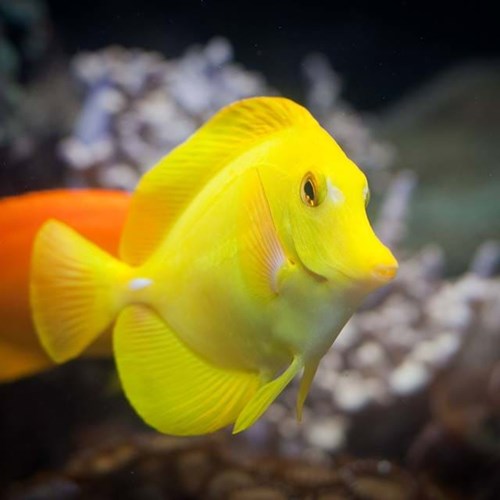
Coral reefs also play an important role in the fishing industry with a large proportion of them relying on marine ecosystems as their source of income. For example, around $1.5 billion is generated yearly for the Australian economy from the Great Barrier Reef.
Not to mention, around 275 million people live within 30 kilometres of coral reefs, many of which derive their food directly from the ocean.
Coral reefs also play a large part in the tourism industry due to the beautiful natural environment enticing swimmers and visitors from all over. Studies show they influence around 70 million trips every year with reef-adjacent tourism accumulating around $16 billion a year.
Threats to coral reefs
What happens if all coral reefs die?
Global threats: Coral reefs are one of the most threatened ecosystems on earth due to global and direct threats.
Global threats include increasing temperatures and coral bleaching. The reefs cannot withstand huge changes in temperature, if temperatures become too warm, they can lose an important food source as the corals expel the symbiotic algae which causes them to become white.
This makes them more susceptible to disease and they can eventually die after a prolonged period of time.
Rising sea levels are also another direct threat to coral reefs - around 200 million people could be displaced if sea level rise exceeds coral growth. As corals typically end in deeper water, this presents a problem as they will begin to receive less sunlight, resulting in slower growth due to limited food sources (the sun).
Direct threats: Overfishing is a huge problem for coral reefs, effecting around 55% of them. Fish play a vital role in controlling the growth of algae, if fish populations decline this will have a direct impact on algae growth and if this growth is not controlled, it will eventually smother the corals.
Habitat destruction is also another major threat to coral reefs. Around 27% of the world's coral reefs are protected however only around 6% of these are managed well.
Developments in coastal areas and unsustainable tourism cause permanent damage to coral reefs. This includes things such as building roads, buildings, gear boat anchors but also touching coral reefs.
What happens when corals bleach?
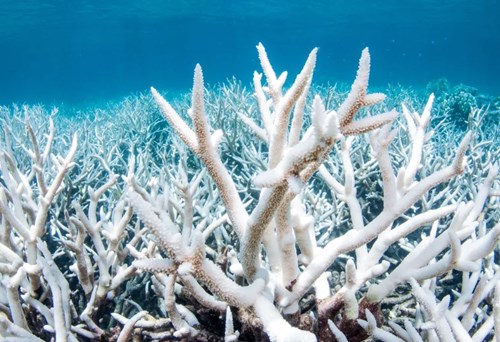
Bleaching occurs when coral reefs get too warm, this change could be as small as 2 degrees Fahrenheit. However bleaching can also occur due to pollution, low tides or too much sunlight.
This causes algae to be expelled from their tissue causing the coral to become completely white. Although this does not kill the coral, it puts them under more stress and makes them more vulnerable to mortality.
Once corals do die, the reefs rarely come back and the few surviving ones can often struggle to reproduce.
What would happen if all the coral reefs died?
What do coral reefs provide for marine life? If all coral reefs were to die, 25% of marine life would lose their habitat. There are roughly around 1 million different species that rely on coral reefs for food and shelter. If coral reefs were to die this would have a negative impact on biodiversity which would have a knock on effect on many other species including fish, turtles and other sea creatures.
There would also be a profoundly negative impact on humans if coral reefs died! Many coastal areas could suffer an acute food crisis as fish numbers begin to drop.
Coral reefs also offer a huge source of life-saving drugs for the health industry, for example, extracts of sponges found in a Caribbean reef were used to help form the antiviral drugs Ara-A and AZT and the anticancer agent Ara-C.
What can be done to protect coral reefs?
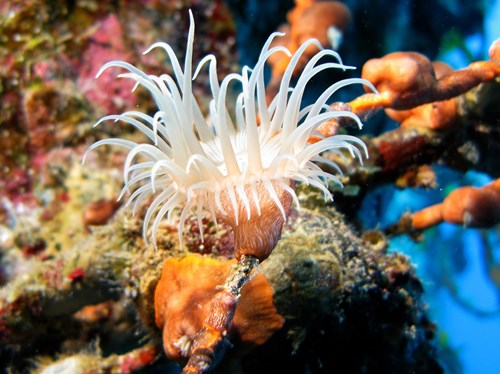
There are a number of things that can be done to help protect coral reefs including practicing safe and responsible diving. People should avoid touching the coral reefs if they come into contact with them and also avoid anchoring boats on the reef. This will avoid damaging the delicate animals that live in this environment but also reduces the chances of the reefs being damaged by boat anchors.
As previously mentioned, overfishing can damage coral reefs due to a loss in biodiversity. Sustainable fishing practices help to ensure that coral reefs, marine life and humans can thrive and co-exist peacefully.
Many indigenous cultures have used sustainable fishing practices for decades. For example, the Tagbanua people in the Philippines, use hook-and-line techniques which ensure they only capture what they need for themselves and their families. Their methods of fishing also reduce harm to dolphins unlike more traditional methods including the use of nets.
In order to help promote sustainable fishing practices - scientists can calculate the number of fish that can be caught without impacting the health of stock. Rules should also be put into place, prohibiting fishing from taking place during spawning seasons and creating limits on the numbers of fish that can be caught.
Harvest control rules also help to promote sustainable fishing - this is the requirement that the number of catches are reduced if stock populations decline.
How you can help save coral reefs?
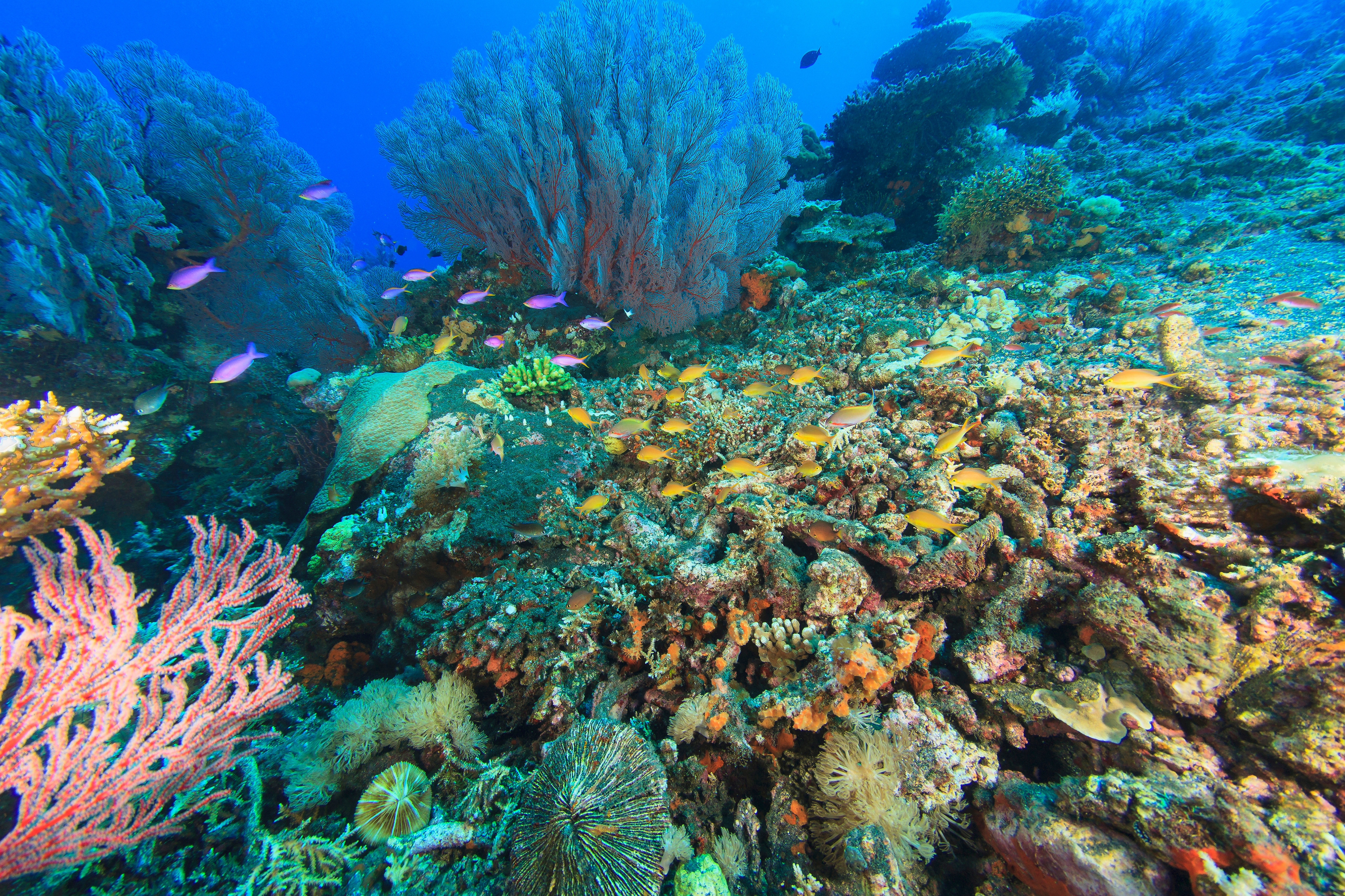
There are also everyday things that can be done to help protect our coral reefs including regular recycling and proper disposal of rubbish. Marine debris are harmful for coral reefs so it's important to ensure that beaches are kept clean, all rubbish is put in the correct bins and recycling is also being done properly at home.
Many local communities also have volunteering days where individuals can participate in annual rubbish clean ups.
Using environmentally friendly methods of transportation will also have positive impacts on coral reefs as emissions from cars, buses and trains contribute to ocean acidification and the rise in ocean temperatures which has a knock on effect on coral bleaching.